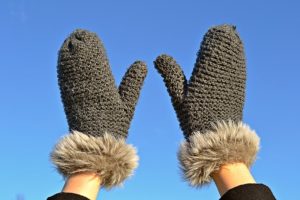 I think we can officially say the cold weather is here to stay. Whether you are outside decorating or your job requires you to be outdoors, chances are you will be exposed to the joys of cold weather. As we move into the cold wet weather, be conscious of your increased risk of frostbite hypothermia and slips & trips. This is what you need to know about cold weather safety:
I think we can officially say the cold weather is here to stay. Whether you are outside decorating or your job requires you to be outdoors, chances are you will be exposed to the joys of cold weather. As we move into the cold wet weather, be conscious of your increased risk of frostbite hypothermia and slips & trips. This is what you need to know about cold weather safety:
Frostbite
Frostbite usually effects the face or bodily extremities after prolonged exposure to very cold weather or objects. Frostbite is damage to skin and tissue caused by freezing and can range in severity from mild to deep with deep frostbite causing permanent damage and leading to amputation or even death. The key to frostbite recovery is to do it slowly. Place the frostbitten area in warm water (104-107° F) or wrap it in a warm blanket. Never use direct heat – it can burn your numb skin.
Hypothermia
Hypothermia develops when your body loses heat faster than it can replace it. It slowly drains your body’s heat and causes your body to re-route blood from your extremities to the chest in an effort to sustain critical organ function. Hypothermia is not necessarily caused by exposure to freezing temperatures, but any environment that saps the ability for your body to warm itself. Protect yourself by wearing warm, dry clothes. Treat potential hypothermia with gradual re-warming to prevent accidental burning.
Slips & Trips
Slips & trips are common in the winter due to ice and snow. Wear proper cold-weather clothes, such as shoes with suitable traction. Walk slowly and cautiously when treading on ice. Remove any obstacles, such as ice chunks, from walkways to ensure you or others do not injure themselves.
Taking the extra steps to stay warm and remove potential hazards will help you stay on top of cold weather safety. After all…who wants to spend their time off during the holiday’s at a Dr’s office or filing health insurance claims?